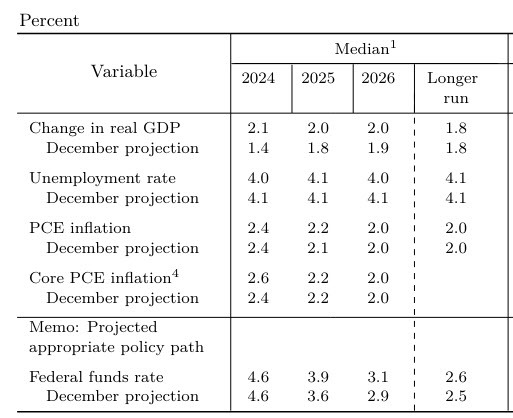This week’s Rate Cuts: A Closer Look
Bank of Canada’s Decision
This week, the Bank of Canada made a significant move by cutting its interest rates by 25 basis points. This was the central bank’s initial cut, marking a shift in policy to support the economy. The decision came after careful consideration, as the central bank acknowledged that further cuts may be necessary depending on upcoming data.
The Bank of Canada stated in a rate statement review, “The Bank of Canada today reduced its target for the overnight rate to 4¾%, with the Bank Rate at 5% and the deposit rate at 4¾%. The Bank is continuing…”
Impact on Individuals
For individuals, this rate cut could mean lower borrowing costs on mortgages, car loans, and other forms of credit. It could also lead to lower returns on savings and investments, as interest rates on savings accounts and other financial products may decrease. Overall, the impact on individuals will depend on their specific financial situation and how they are affected by changes in interest rates.
Global Implications
On a global scale, the Bank of Canada’s rate cut could have ripple effects in the international economy. Lower interest rates in Canada could lead to increased capital flows to other countries, impacting exchange rates and global financial markets. The decision also reflects the broader economic challenges facing many countries, as central banks around the world grapple with slowing growth and uncertain economic conditions.
Conclusion
In conclusion, the recent rate cuts by the Bank of Canada and other central banks highlight the ongoing challenges facing the global economy. While these decisions may provide some support in the short term, it is clear that more needs to be done to address the underlying issues driving economic uncertainty. As individuals and policymakers navigate these challenges, it will be important to stay informed and proactive in responding to changing economic conditions.





